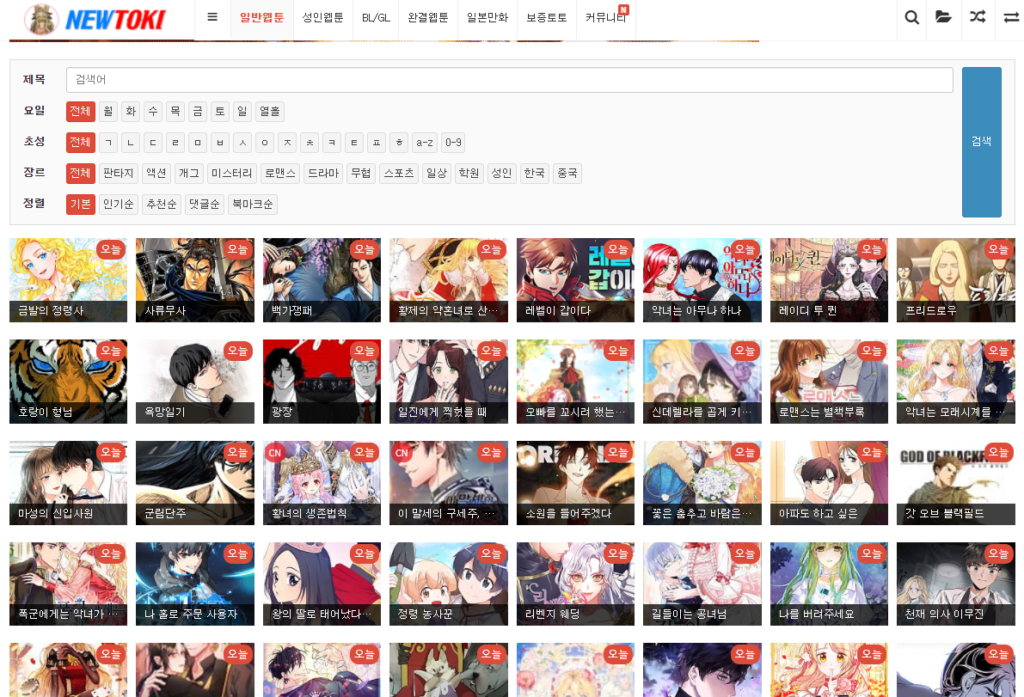The Evolution of Illustrated Fiction
The Evolution of Illustrated Fiction
Blog Article

Illustrated fiction combines the art of storytelling with captivating visuals, creating a unique reading experience that appeals to both literary and artistic sensibilities. This genre transcends traditional boundaries, allowing readers to immerse themselves in a world where words and images coexist harmoniously. Whether it’s through graphic novels, illustrated children’s books, or visual storytelling in digital formats, illustrated fiction offers a diverse array of narratives that can inspire, entertain, and educate. This article delves into the facets of illustrated fiction, its significance in literature, and its impact on readers of all ages.
The Evolution of Illustrated Fiction
Illustrated fiction has a rich history that dates back centuries. Early examples can be found in ancient manuscripts where illustrations complemented the text. However, it wasn't until the 19th century, with the advent of lithography and other printing techniques, that illustrated books became widely popular. Artists like Gustave Doré brought classic literature to life through detailed engravings, captivating audiences and enhancing the reading experience.
As time progressed, the rise of comic strips and graphic novels in the 20th century marked a significant shift. Pioneers like Will Eisner and Art Spiegelman began to explore the narrative potential of combining images with text, paving the way for modern illustrated fiction. Today, this genre continues to evolve, embracing new technologies and storytelling methods, including webcomics and digital illustrations.
The Appeal of Illustrated Fiction
One of the most compelling aspects of illustrated fiction is its ability to attract a diverse audience. For children, illustrated books help develop reading skills and encourage a love for storytelling. The combination of images and text aids comprehension and retention, making it easier for young readers to engage with the material.
For adults, illustrated fiction offers a refreshing take on traditional narratives. Graphic novels like Maus and Watchmen have proven that complex themes can be effectively explored through this medium. The visuals add layers of meaning, enhancing emotional connections and allowing for a unique interpretation of the story.
Illustrated Fiction in Different Cultures
Illustrated fiction is not confined to one cultural context; it varies significantly across the globe. In Japan, manga has become a cultural phenomenon, influencing not just literature but also film and fashion. Similarly, in Europe, illustrated works often reflect the artistic styles and literary traditions of their respective countries, showcasing the diversity of storytelling methods.
In contrast, Western illustrated fiction tends to focus on graphic novels and comic books, often reflecting contemporary societal issues or personal narratives. This cultural exchange enriches the genre, fostering a global appreciation for illustrated storytelling.
The Future of Illustrated Fiction
As technology advances, the future of illustrated fiction looks promising. Digital platforms allow for interactive storytelling, where readers can engage with the narrative in new ways. Augmented reality (AR) and virtual reality (VR) could further transform the reading experience, allowing readers to step into the story as never before.
Moreover, the rise of self-publishing has democratized the industry, enabling aspiring authors and artists to share their work without traditional gatekeepers. This shift is leading to a surge of innovative and diverse voices in illustrated fiction, broadening the scope of stories being told.
Conclusion
Illustrated fiction plays a vital role in the literary landscape, merging art and narrative in captivating ways. It fosters creativity, engages readers, and opens up new avenues for storytelling. Whether you are a child discovering the joys of reading or an adult seeking to explore complex themes through visuals, Illustrated fiction offers something for everyone. As we look to the future, this genre will undoubtedly continue to inspire and evolve, reflecting the ever-changing world of literature and art.
Report this page